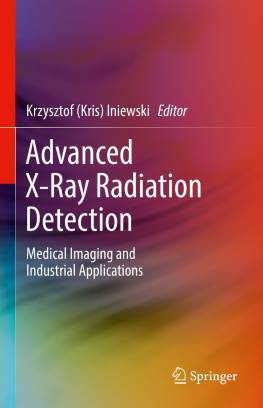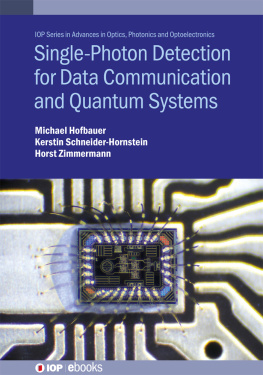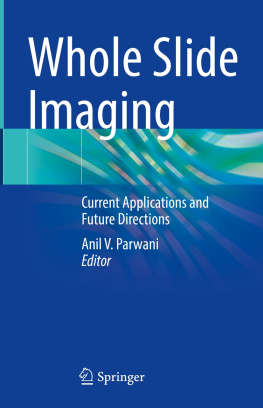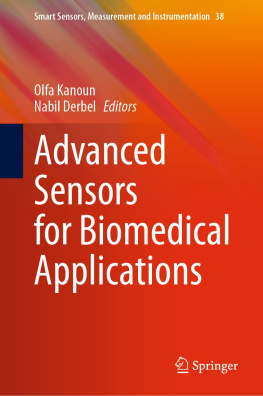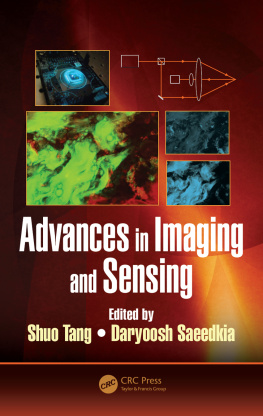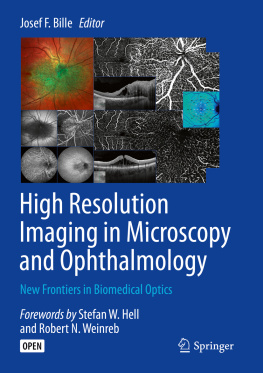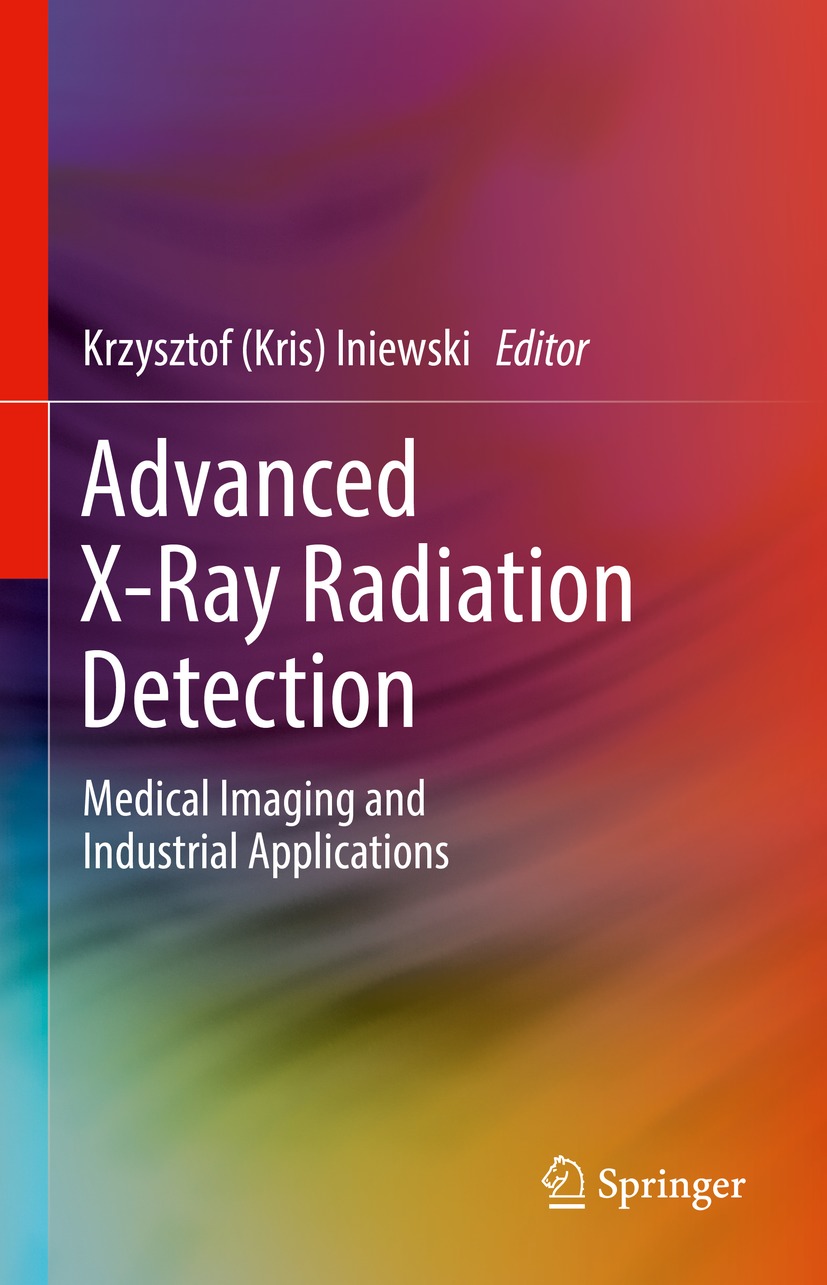Krzysztof (Kris) Iniewski - Advanced X-Ray Radiation Detection:: Medical Imaging and Industrial Applications
Here you can read online Krzysztof (Kris) Iniewski - Advanced X-Ray Radiation Detection:: Medical Imaging and Industrial Applications full text of the book (entire story) in english for free. Download pdf and epub, get meaning, cover and reviews about this ebook. City: Cham, year: 2022, publisher: Springer, genre: Science. Description of the work, (preface) as well as reviews are available. Best literature library LitArk.com created for fans of good reading and offers a wide selection of genres:
Romance novel
Science fiction
Adventure
Detective
Science
History
Home and family
Prose
Art
Politics
Computer
Non-fiction
Religion
Business
Children
Humor
Choose a favorite category and find really read worthwhile books. Enjoy immersion in the world of imagination, feel the emotions of the characters or learn something new for yourself, make an fascinating discovery.
- Book:Advanced X-Ray Radiation Detection:: Medical Imaging and Industrial Applications
- Author:
- Publisher:Springer
- Genre:
- Year:2022
- City:Cham
- Rating:5 / 5
- Favourites:Add to favourites
- Your mark:
Advanced X-Ray Radiation Detection:: Medical Imaging and Industrial Applications: summary, description and annotation
We offer to read an annotation, description, summary or preface (depends on what the author of the book "Advanced X-Ray Radiation Detection:: Medical Imaging and Industrial Applications" wrote himself). If you haven't found the necessary information about the book — write in the comments, we will try to find it.
This book offers readers an overview of some of the most recent advances in the field of technology for X-ray medical imaging. Coverage includes both technology and applications in SPECT, PET and CT, with an in-depth review of the research topics from leading specialists in the field. Coverage includes conversion of the X-ray signal into analogue/digital value, as well as a review of CMOS chips for X-ray image sensors. Emphasis is on high-Z materials like CdTe, CZT and GaAs, since they offer the best implementation possibilities for direct conversion X-ray detectors. The discussion includes material challenges, detector operation physics and technology and readout integrated circuits required to detect signals processes by high-Z sensors. Authors contrast these emerging technologies with more established ones based on scintillator materials. This book is an excellent reference for people already working in the field as well as for people wishing to enter it.
Krzysztof (Kris) Iniewski: author's other books
Who wrote Advanced X-Ray Radiation Detection:: Medical Imaging and Industrial Applications? Find out the surname, the name of the author of the book and a list of all author's works by series.

